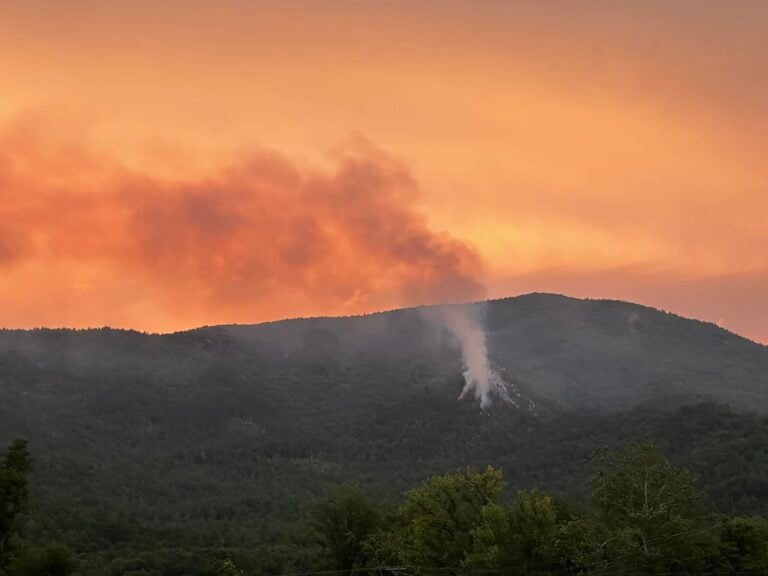Animals may perceive as much beauty as we do
What explains the iridescent and long feathers of birds-of-paradise or the extravagant mating ritual of the male flame bowerbird? 150 years ago, Charles Darwin proposed that the opalescent beauty of some animals had nothing to do with natural selection. Darwin believed that animals could appreciate beauty for its own sake and that aesthetics and survival did not have to be linked. Today, biologists are reviving Darwin’s forgotten theory, saying that in the animal kingdom beauty may not have to represent good genes or robust health but that animals may just find certain features, like the bright flash of a feather, appealing. These biologists are changing the way the scientific community thinks about evolution by suggesting that natural and sexual selection are distinct processes.
Trump eases regulations to allow for increased logging on federal land
In an executive order titled “Promoting Active Management of America’s Forests, Rangelands, and other Federal Lands to Improve Conditions and Reduce Wildfire Risk,” Trump calls on the secretaries of Interior and Agriculture to reduce “regulatory barriers” to getting rid of “hazardous fuels” that contribute to wildfire. As part of his wildfire fuel reduction plan, Trump ordered the easing of regulations to allow for the harvest of 3.8 billion board feet of timber from lands managed by the U.S. Forest Service and 600 million board feet of timber on Bureau of Land Management property—a huge increase from the amount of timber harvest on federal land in recent years. Experts argue that increasing logging on federal lands will not decrease the threat of wildfires. In fact, commercial logging and road building has actually been shown to increase the threat of wildfires. In the same executive order, Trump also calls for a reduction in the time required to comply with the Endangered Species Act. With that move, scientists and environmental law experts are concerned that the Trump administration is favoring agricultural interests over endangered species.
Number of monarch butterflies in California declined by 86 percent in one year
In 1981 the Xerces Society, a nonprofit that focuses on invertebrate conservation, counted over 1 million western monarch butterflies wintering in California. The groups most recent count over Thanksgiving 2018 tallied only 30,000 butterflies, an 86 percent decline since 2017 alone. Researchers call the numbers catastrophic and warn that the western monarch will likely go extinct in the next few decades if nothing is done. The Xerces Society doesn’t know why monarch numbers are so much lower this year. Scientists suspect it might be related to the monarchs arriving nearly a month late to breeding areas last year, leaving aging monarchs more exposed to the elements. A recent study by the University of Michigan and Sanford University also found that carbon dioxide emissions from cars and factories reduced a natural toxin in milkweed that feeding caterpillars use to fight parasites.








